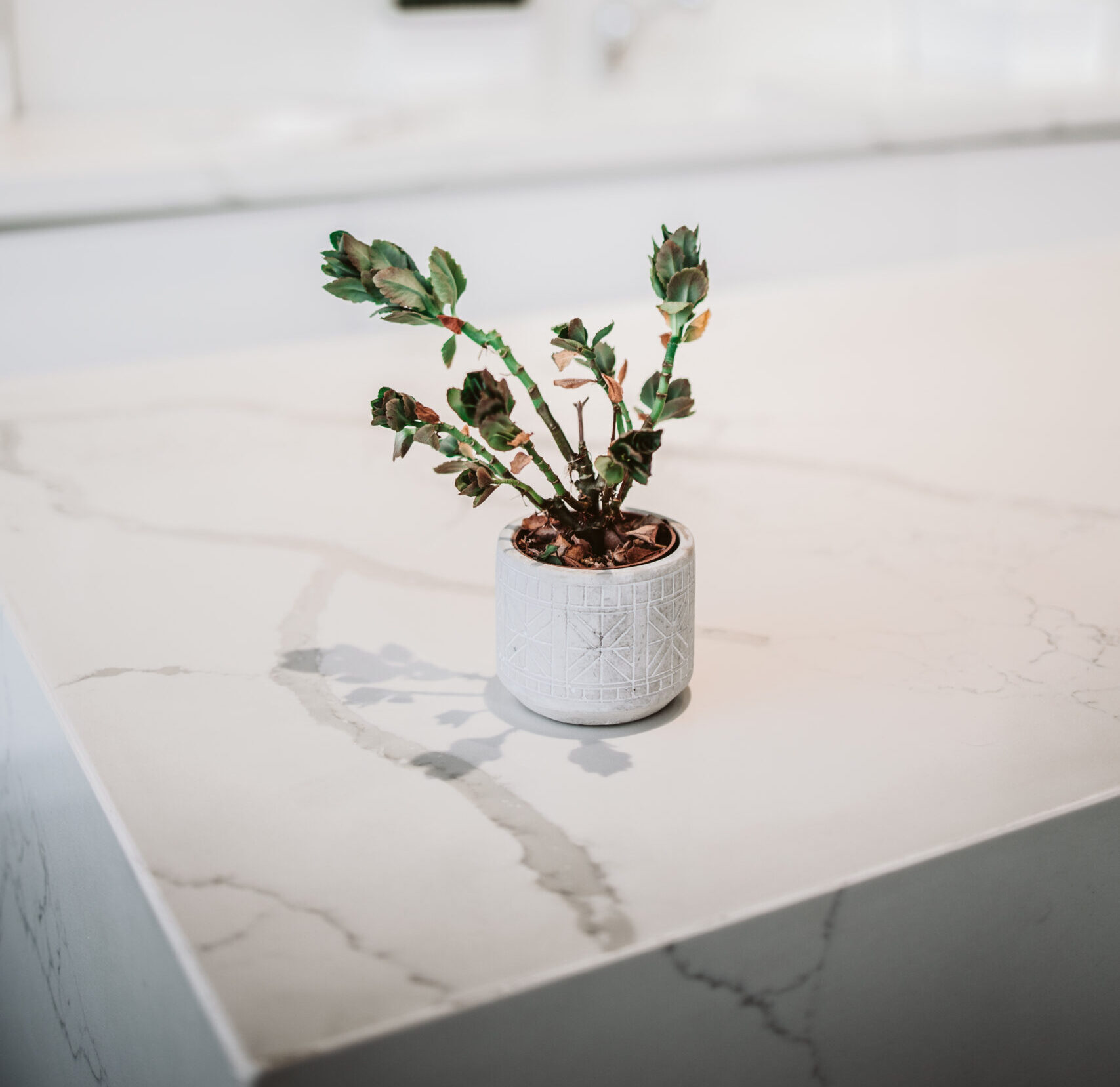The artificial decorative stones, i.e. the surface covering materials available on the market under the names “technomarble”, “technogranite”, or “quartz”, etc., are produced with a special technology from brittle and powdered natural rocks and suitable organic adhesives (resins).
These materials, products of modern technology, with a content of 91-96% in natural rocks, can be distinguished into:
Artificial marbles: (artificial marbles) when they come from calcitic or dolomitic rocks, such as marble, limestone, etc.
Artificial granites – quartz (technogranites – quartz) when they come from silicate rocks, such as granites, porphyries, basalts or powdered natural quartz.
Their production process, in fully automated production lines, is briefly as follows:
- The natural stone is initially processed in crushing-screening facilities, in order to obtain the required particle size, depending on the final product.
- Then, in special mixing facilities, the pulverized natural stone, in a proportion of 91-96% by weight, is mixed with the resin (polyester) and the remaining raw materials (fillers) in extremely fine-grained form, such as calcium carbonate for artificial marbles and silicon dioxide used for artificial granites, mineral pigments, antibacterial materials, etc.)
- The mixture of raw materials, after its homogenization, is sent to special molds for shaping, either volumes when it comes to the production of artificial marbles, or large slabs when it comes to the production of artificial granites – quartzes.
- In a subsequent phase of the production process, the mixture of raw materials, which is inside the special molding molds, is driven to a compression-vibration device under an air vacuum, where the air is removed from its mass and the formation of the mass into a solid material by applying pressure and simultaneous vibration.
- The final catalysis/polymerization phase of the resin follows, in order to achieve its hardening. In the case of plates, catalysis is achieved with heating systems, while in the case of volumes, the latter are stored for a number of days in a covered area, until hardening takes place.
The volumes of artificial marbles produced by the above process can then be cut into slabs, just like the volumes of natural marbles, while the slabs of all artificial decorative stones can be cut, shaped and machined, like corresponding slabs of natural stones.
Artificial decorative rocks, mainly due to their uniform color that ensures homogeneity in large spaces, but also due to their stable mechanical characteristics, have gained the interest of the architectural world. That is why they have been used in many important projects around the world, such as airports, railway stations, large commercial buildings, hotels, exhibition centers, etc. in applications such as kitchen counters, bathroom counters, floors, cladding. In addition, as they are offered in a rich range of vivid and impressive colors (including absolute white), which can meet every decoration requirement in the modern building industry, they have captured a considerable share of the market of surface covering materials.
You can visit our showroom in Kalamaria or our factory in Neochorouda to see our materials.
You can also view our full catalogue HERE.

